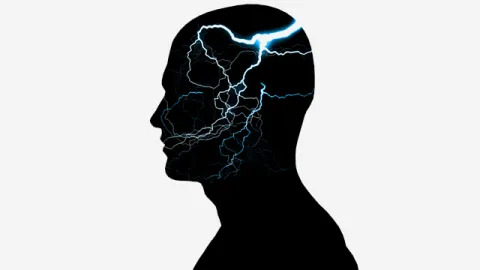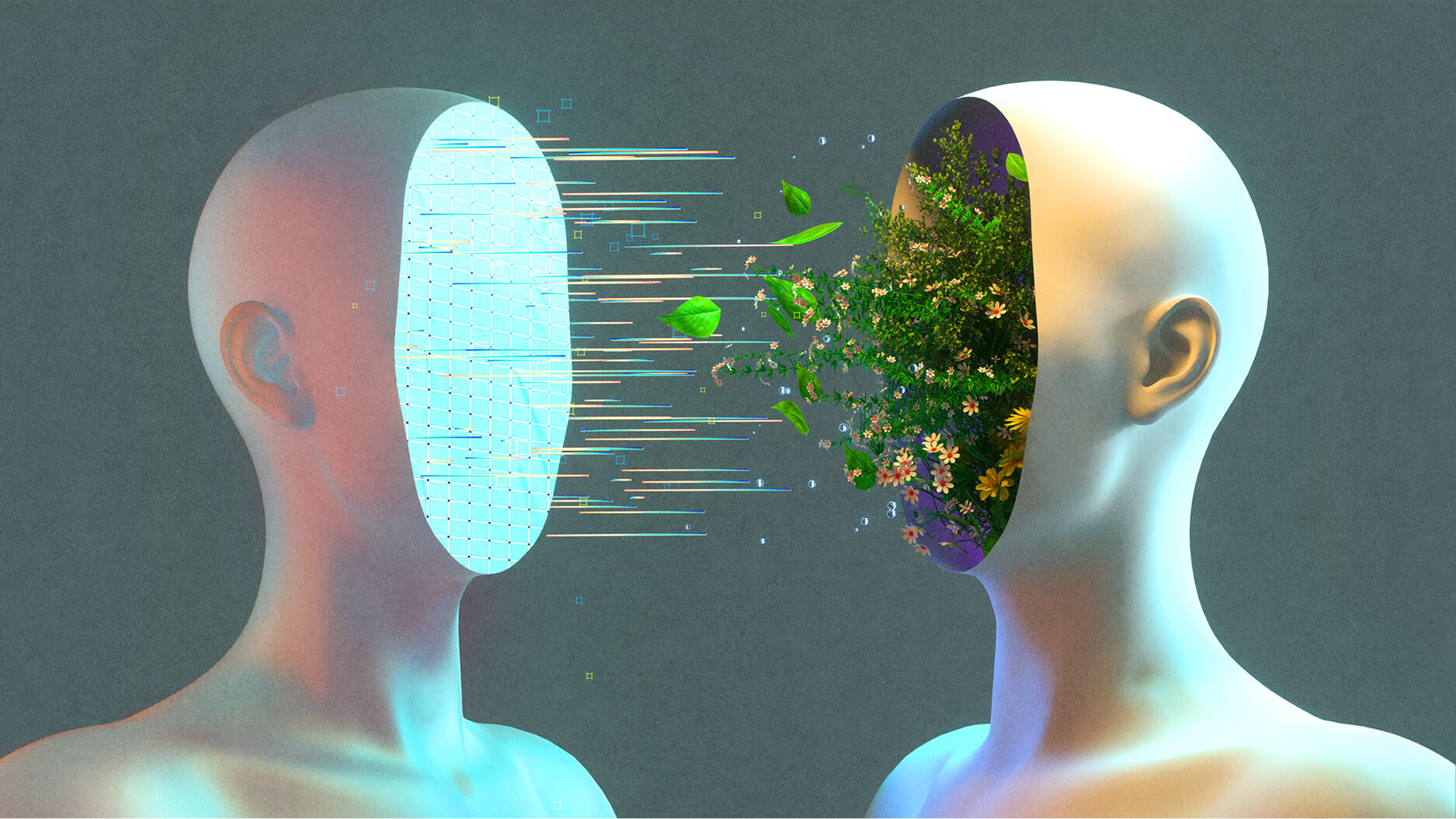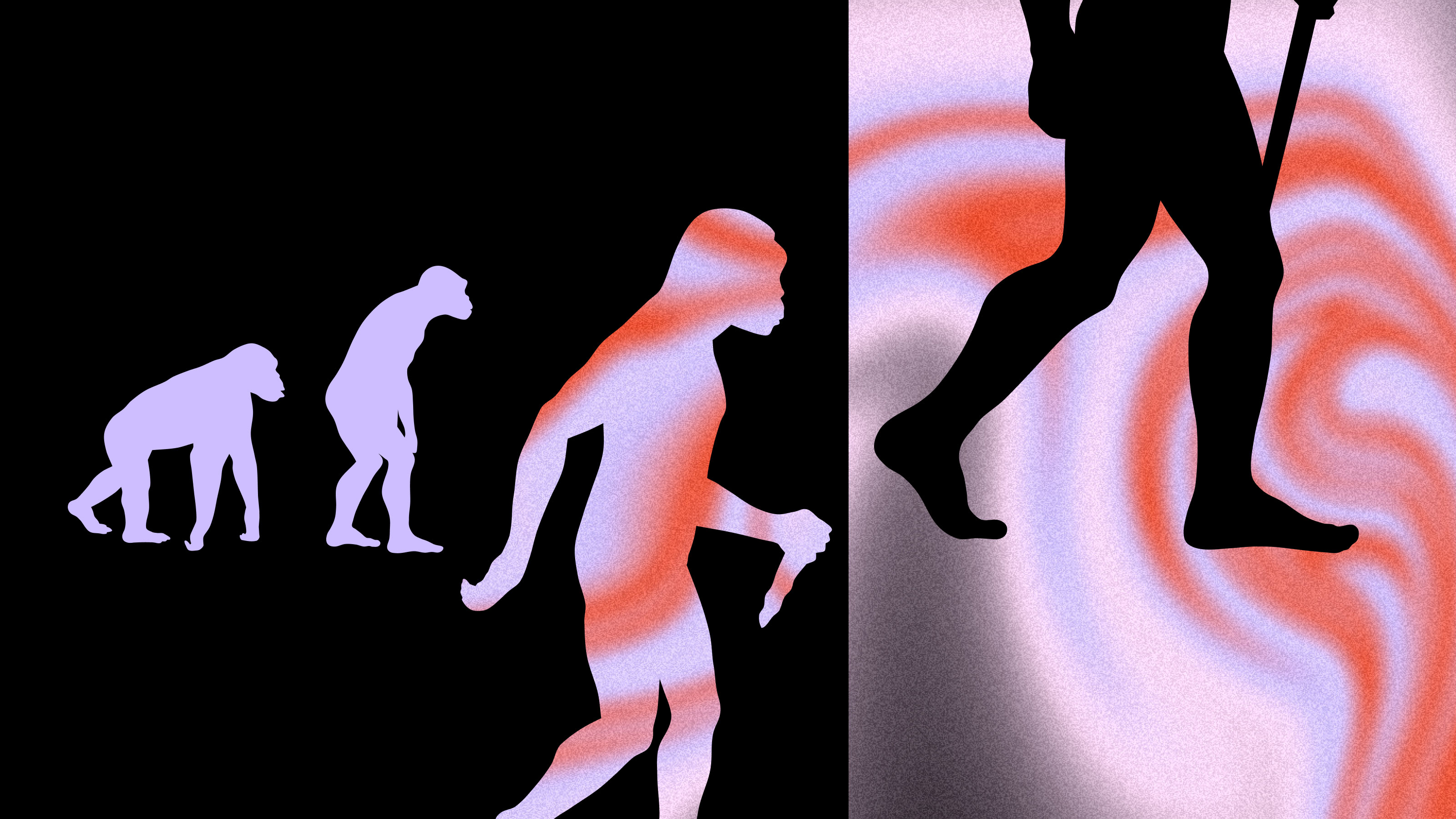Bizarre Disorders of the Brain

Enjoying a piece of music or recognizing the face of a loved one seems like a simple, instantaneous process. But like all things associated with the brain, they aren’t. Both these activities arise from complex, interconnected networks in the brain—networks that we normally take for granted, until some sort of illness or trauma disrupts them. As Columbia University neurologist, physician, and author Oliver Sacks has documented throughout his career, damage to the brain can render even the most quotidian of tasks impossible, making one unable to perceive music, unable to recognize a spouse’s face, or—even stranger—convinced that one’s spouse is an alien impostor!
The Diagnostic and Statistical Manual of Mental Disorders (DSM-IV) classifies common mental illnesses into broad groups, including anxiety disorders, mood disorders, psychotic disorders, dissociative disorders, and personality disorders. But the spectrum of brain disorders is too diverse to fit neatly within these categories. There are many disorders—often caused by brain damage or degenerative brain disease—that defy these normal categories. And Dr. Sacks is their undisputed expert.
His most famous work, “The Man Who Mistook His Wife for a Hat,” takes its name from one of the case studies it presents. Because of acute brain damage to his occipital and temporal lobes, one of Sacks’s patients suffered from visual agnosia, the inability to recognize common visual stimuli. At one point during a session, the patient reached over and grabbed his wife’s head, attempting to lift it towards his head as if it were his hat. The problem was not with his vision but with his brain, where visual input is processed; he could see his wife’s face perfectly fine, could pick out and describe details, like the shape of her nose of the color of her eyes. But he was unable to add these constituent parts together to create a unified image of her face. The only way he knew that she was his wife was by recognizing her voice.
In his Big Think interview, Sacks recounts some of the more bizarre cases from his most recent book “Musicophilia,” which focuses exclusively on disorders affecting the ability to perceive or create music. Sacks describes one patient who was normal in every way except that she could not recognize music, a condition called amusia. “When she was asked to sing, she really didn’t know what was meant,” says Sacks. “People were puzzled because she wasn’t deaf. She could speak perfectly well and hear their speech and ambient noises, but she seemed to have no idea what music was about.”
There are two basic categories of musical perception, which, if disrupted, can lead to a form of amusia: one involves the recognition of melodies, the other the perception of rhythm or time intervals. “Impairments of melody usually go with right-hemisphere lesions, but representation of rhythm is much more widespread and robust and involves not only the left hemisphere, but many subcortical systems in the basal ganglia, the cerebellum, and other areas,” says Sacks. In this case, the patient’s problem was clearly of the first order: she could not hear tones or semi-tones and therefore could not hear the intervals that compose a melody. Another of Sacks’s patients experienced disturbing auditory hallucinations, as if a radio were playing loudly in her head but she could not shut it off.
V.S. Ramachandran a neurologist and director of the Center for Brain and Cognition at UC San Diego, is also known for his expertise in rare brain disorders. His book “Phantoms in the Brain” catalogues some of the outlandish cases he’s encountered during his career. One of the “rarest and most colorful” syndromes he discusses is the “Capgras delusion,” in which an otherwise lucid person comes to regard close acquaintances, spouses, or parents as impostors—often aliens or robotic clones.
Puzzled by this bizarre phenomenon, early physicians looked to Freud for a psychological explanation. Some sort of brain trauma, they believed, had unleashed the hidden Oedipal desires that a child feels towards its parents but represses early on in its psychosexual development. Faced with these unacceptable desires, the mind convinces itself that these so-called parents must be impostors, as a way of rationalizing away unearthed sexual impulses. But Ramachandran argues for a neurobiological understanding of this disorder. “A better approach for studying Capgras’ syndrome involves taking a closer look at neuroanatomy, specifically at pathways concerned with visual recognition and emotions in the brain,” he writes.
The basis of this syndrome lies in the brain’s ability to perceive faces, which takes place in an area in the temporal lobes called the fusiform face area. “In a normal brain, these face recognition areas (found on both sides of the brain) relay information to the limbic system, found deep in the middle of the brain, which then helps generate emotional responses to particular faces,” explains Ramachandran. “I may feel love when I see my mother’s face, anger when I see the face of a boss or a sexual rival or deliberate indifference upon seeing the visage of a friend who has betrayed me and has not yet earned my forgiveness. In each instance, when I look at the face, my temporal cortex recognizes the image—mother, boss, friend—and passes on the information to my amygdala (a gateway to the limbic system) to discern the emotional significance of that face. When this activation is then relayed to the rest of my limbic system, I start experiencing the nuances of emotion—love, anger, disappointment—appropriate to that particular face.” What Capgras syndrome disrupts is neither the ability to recognize faces nor the ability to experience emotions—what is lost is the ability to link these two. “It may be that when any normal person…encounters someone who is emotionally very close to him—parent, spouse or sibling—he expects an emotional ‘glow,’ a warm fuzzy feeling, to arise even though it may sometimes be experienced only very dimly. The absence of this glow is therefore surprising and [the mind’s] only recourse is to generate an absurd delusion—to rationalize it or to explain it away.”
Takeaway
The brain is a surprisingly plastic organ, but damage to certain brain areas can create fantastically bizarre disorders that seem straight out of science fiction. Disorders like Capgras syndrome, visual agnosia, and amusia demonstrate that abilities that we take for granted—like facial recognition or musical perception—arise from interconnected neural networks and reinforce how puzzlingly complex the brain is.
Learn More
— “The Case of Anna H.,” Oliver Sacks’s story about a woman with visual agnosia published in The New Yorker
— NPR feature on Capgras syndrome
— Scientific review of the relationship between Capgras sydrome and violence, published in Journal of Canadian Psychiatry





